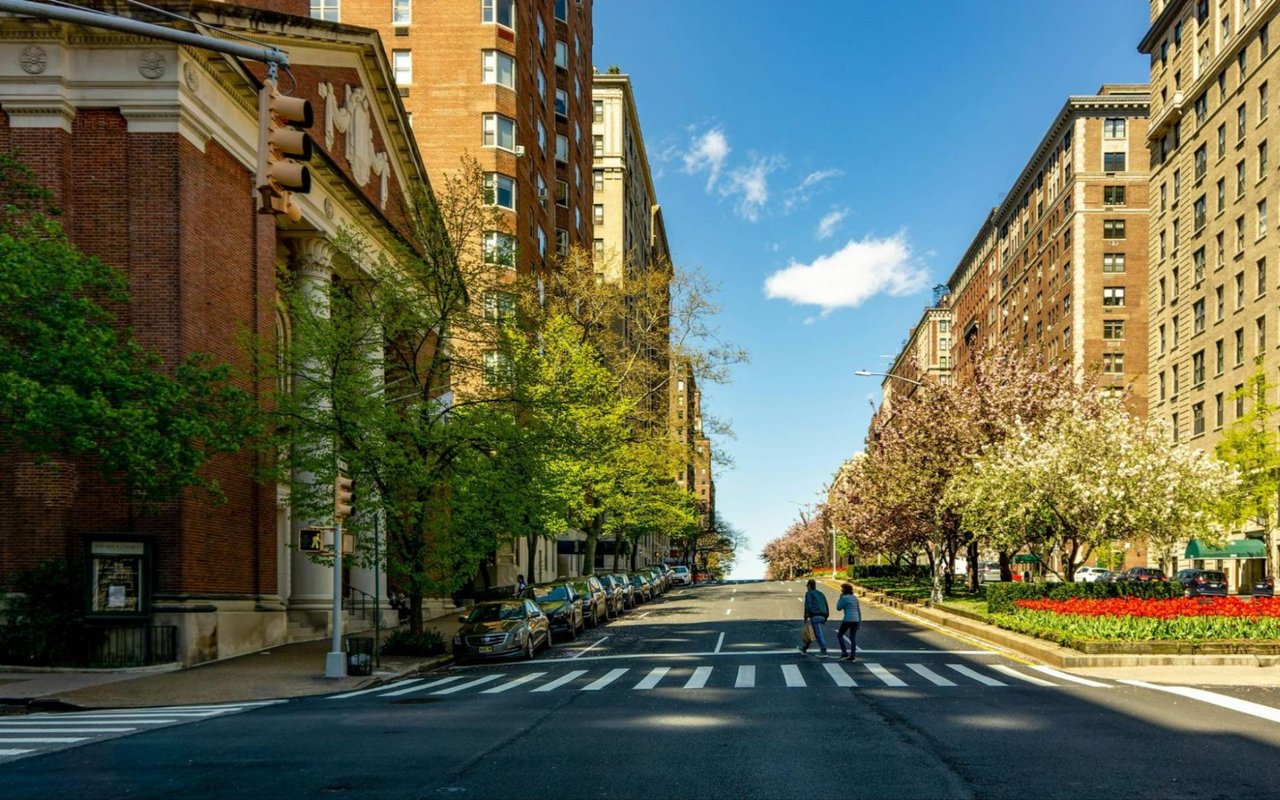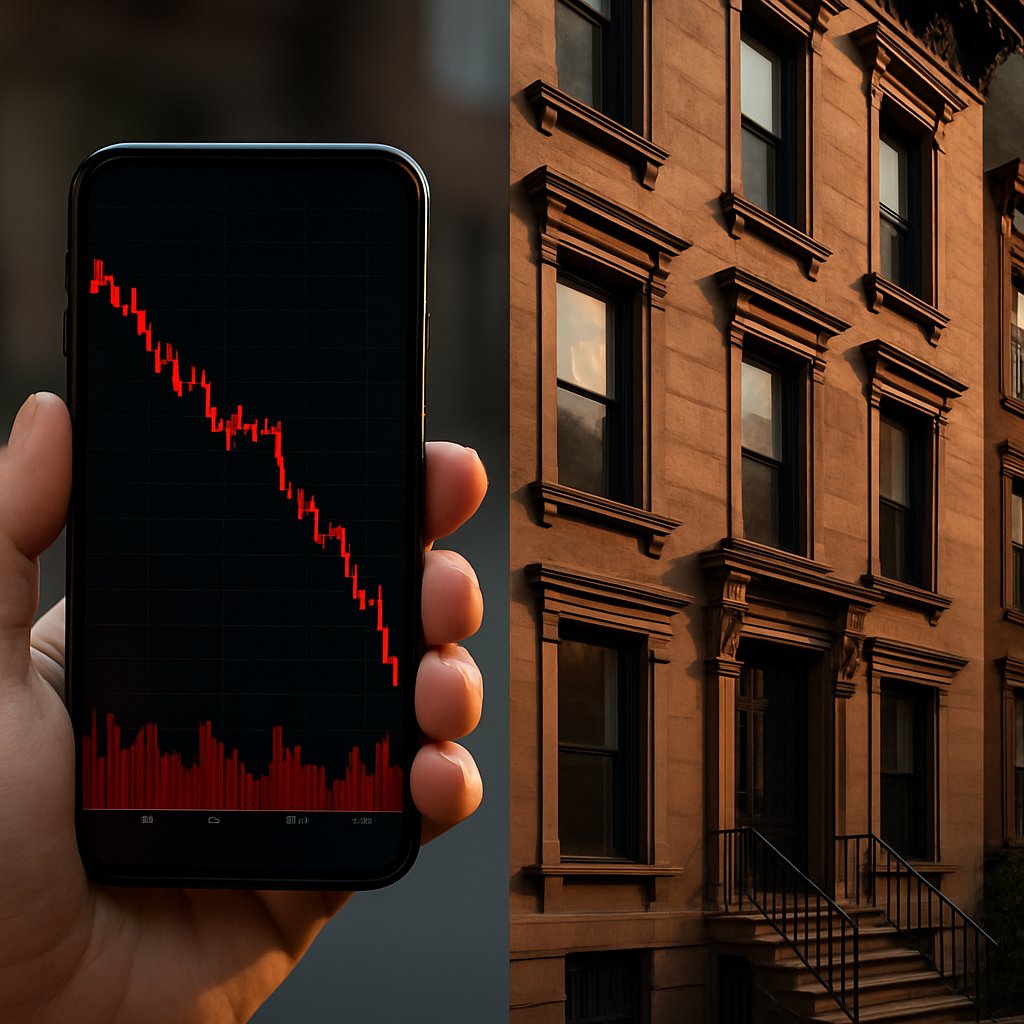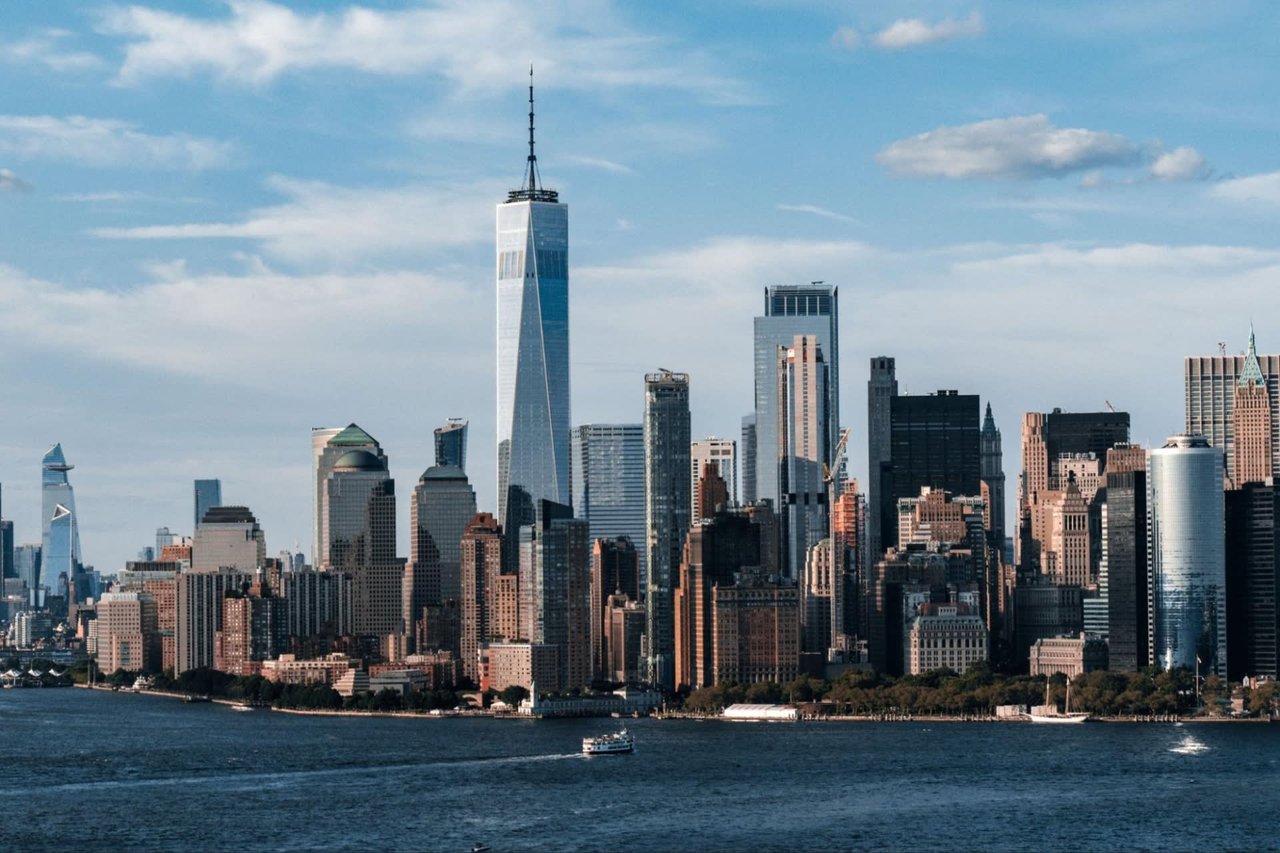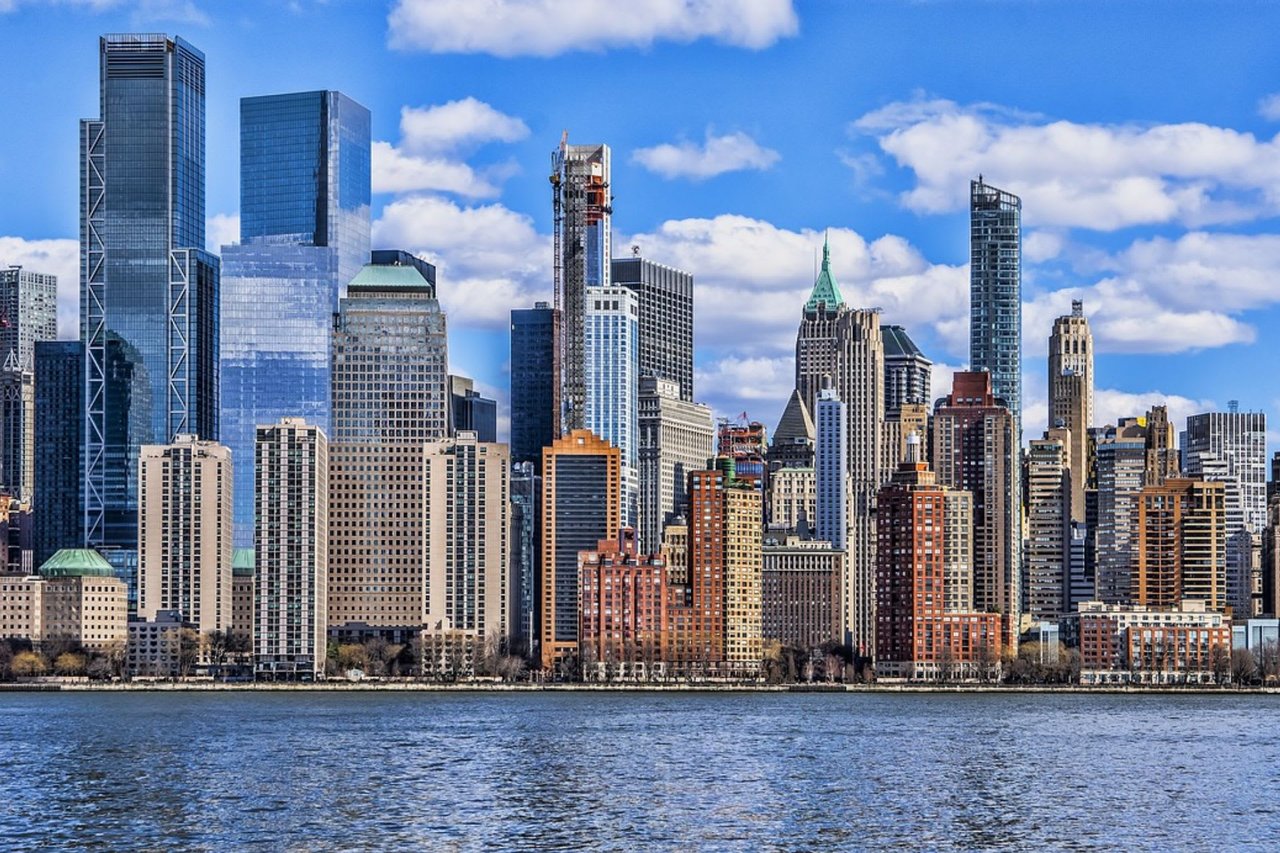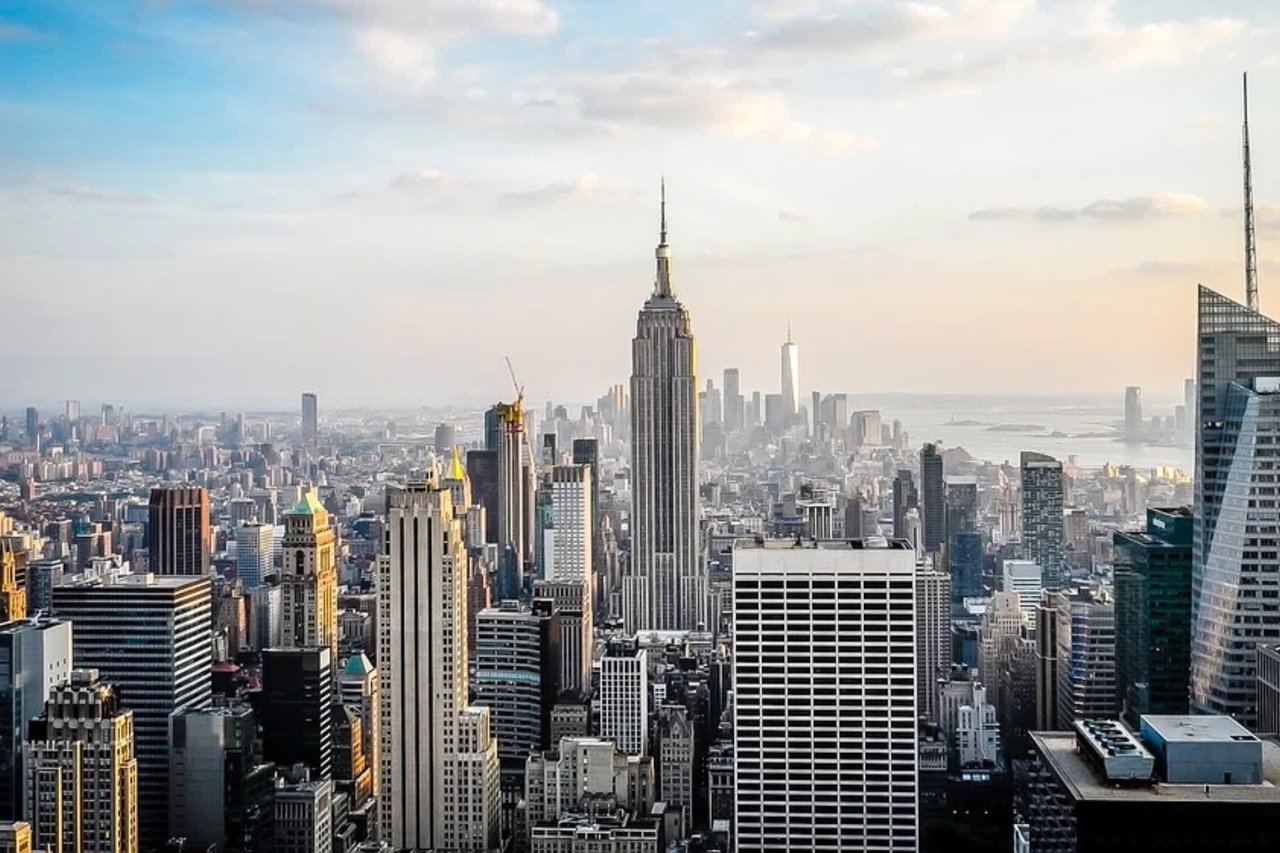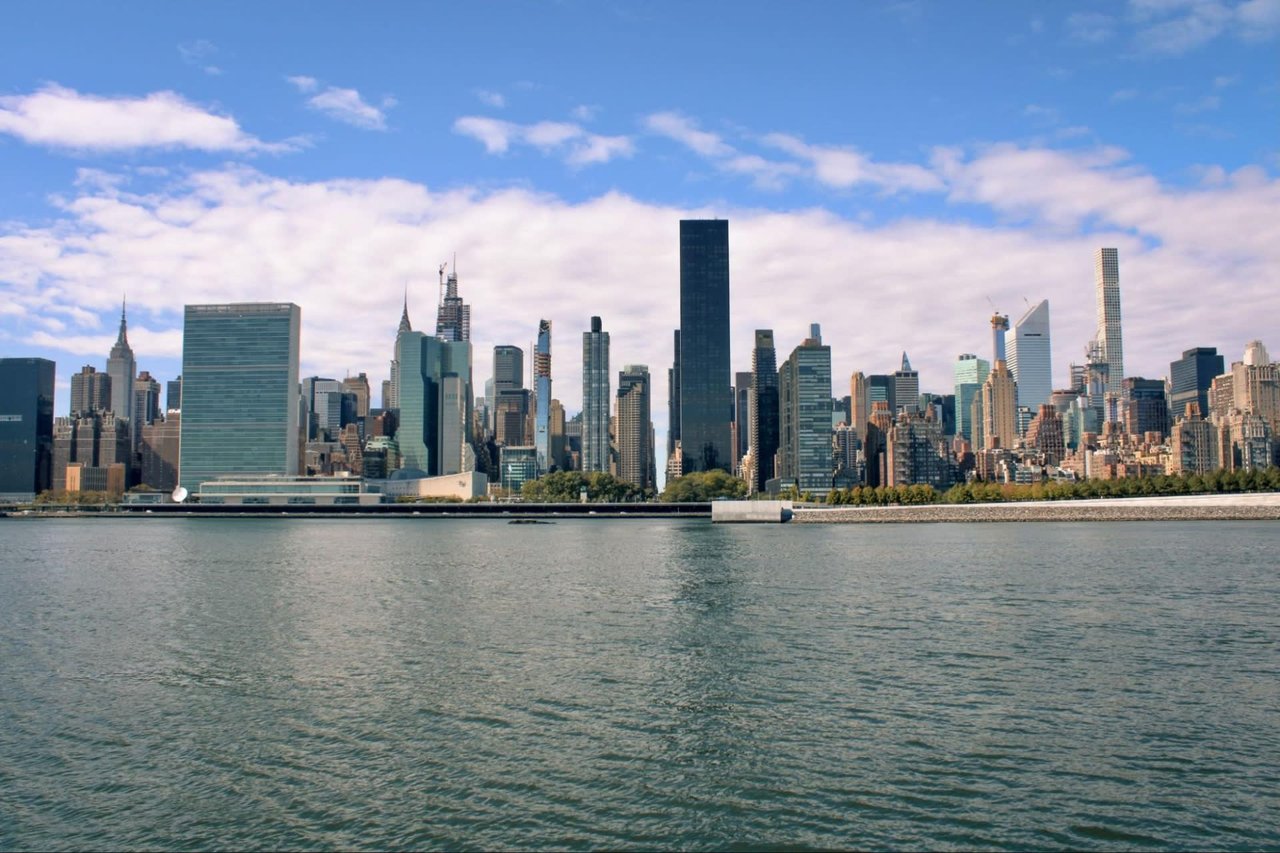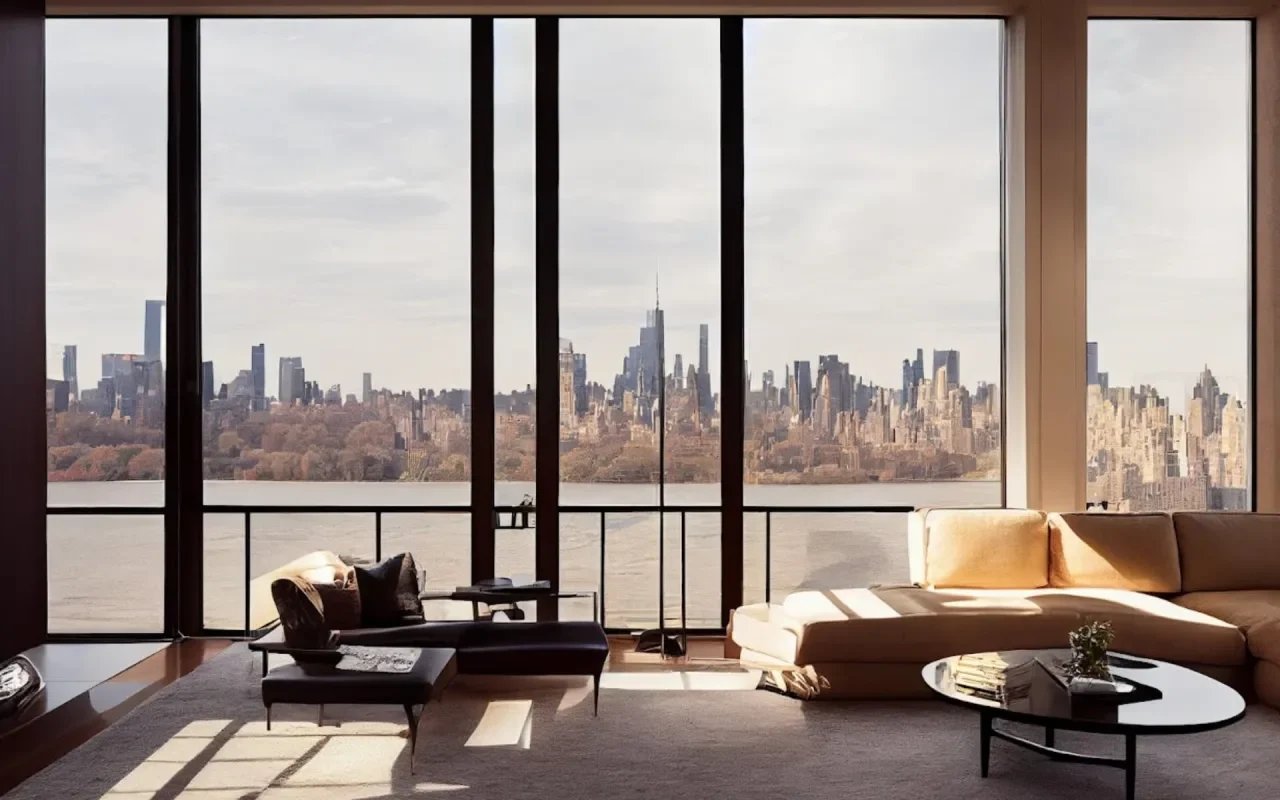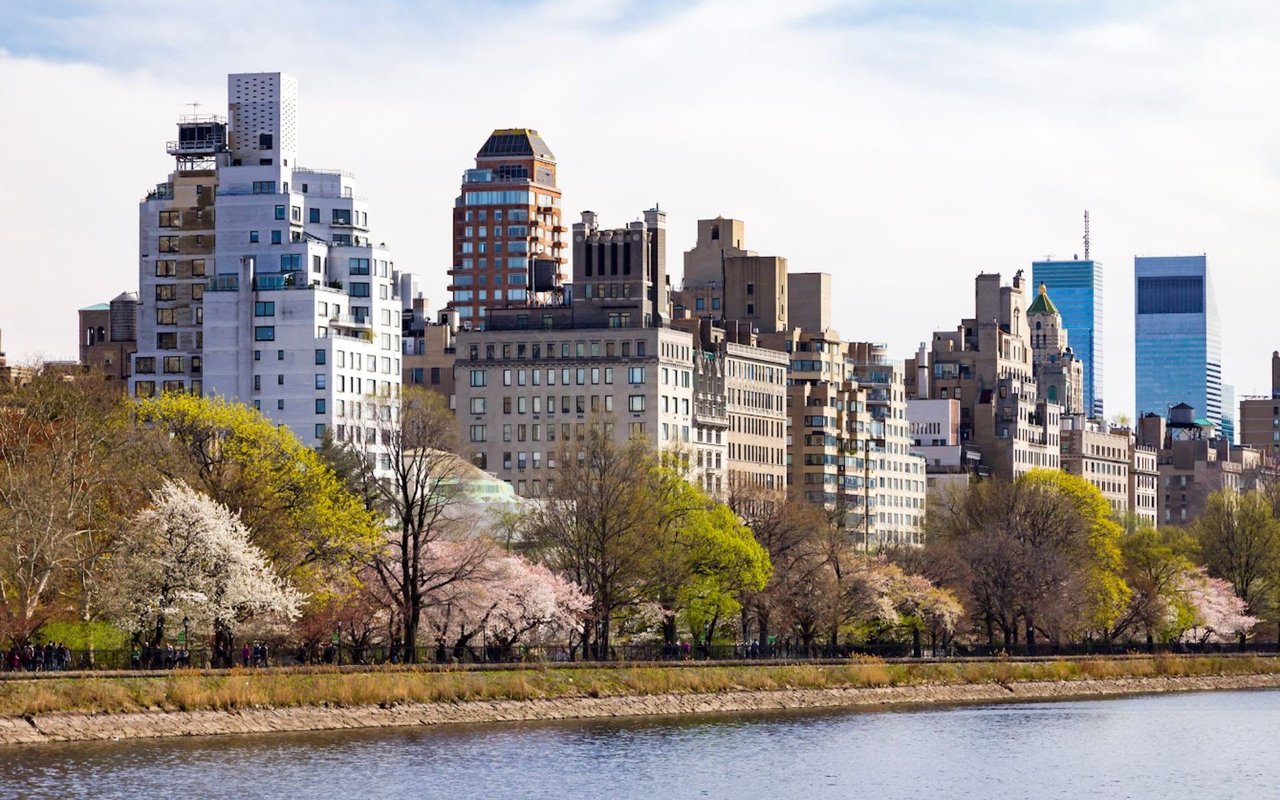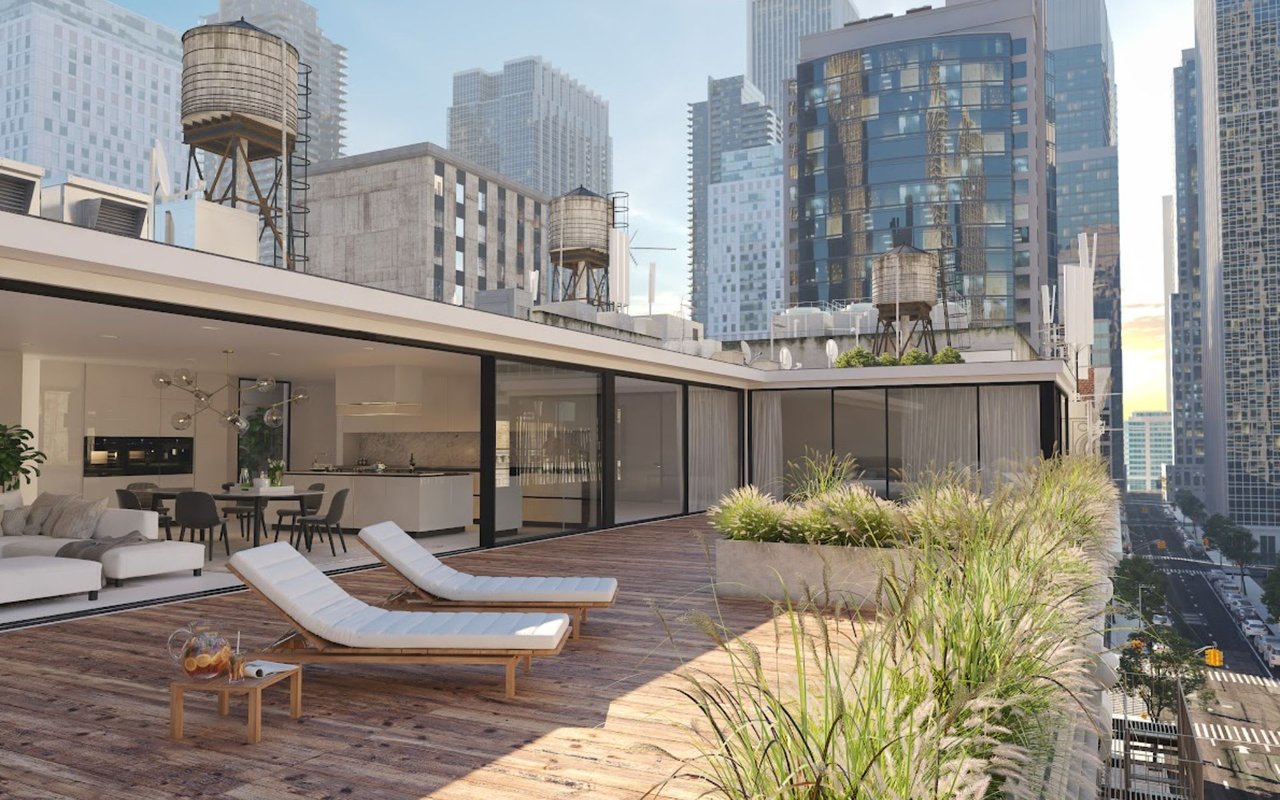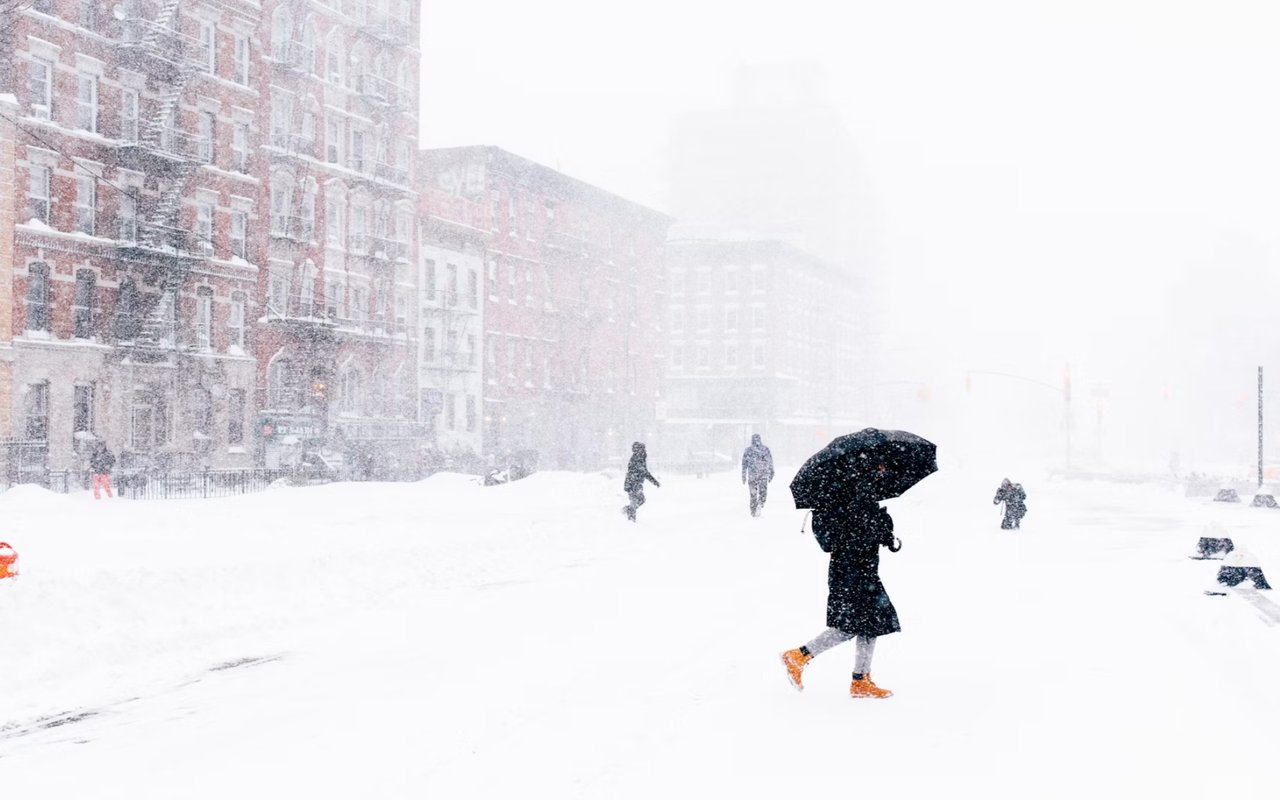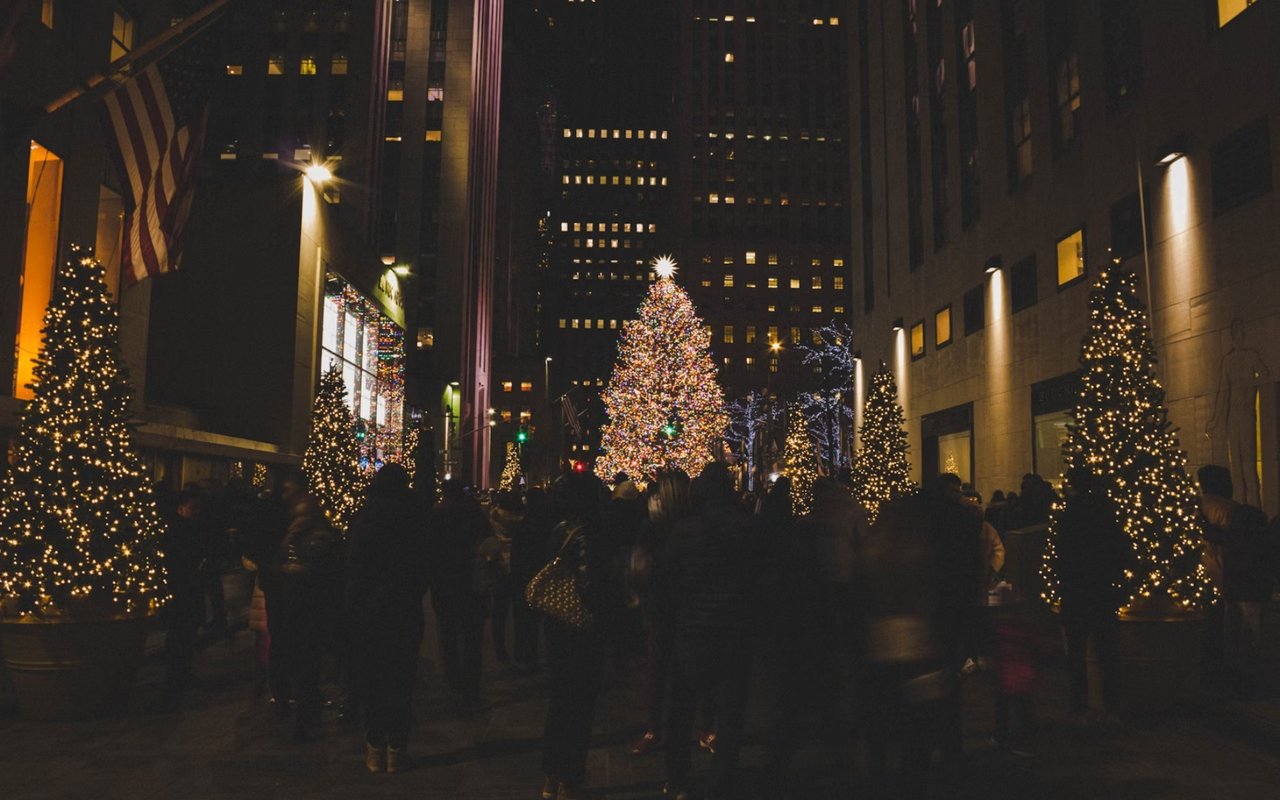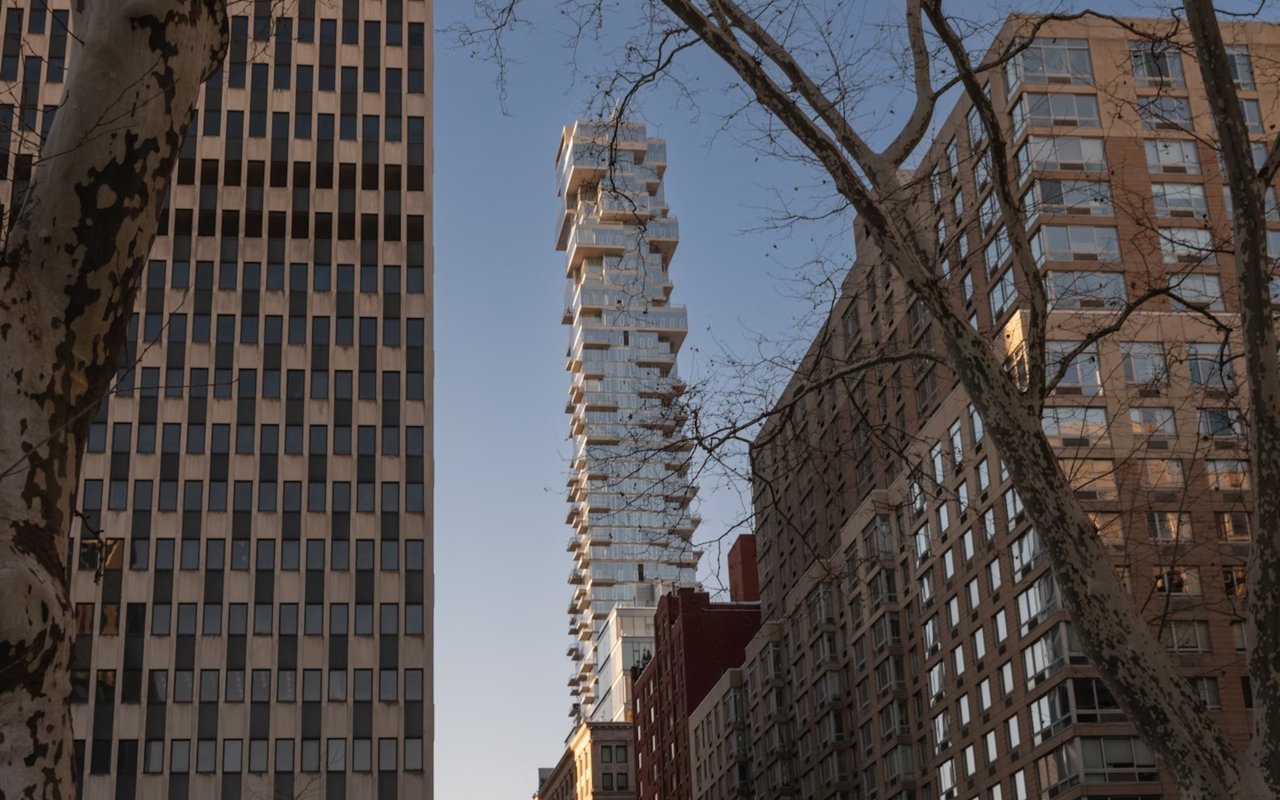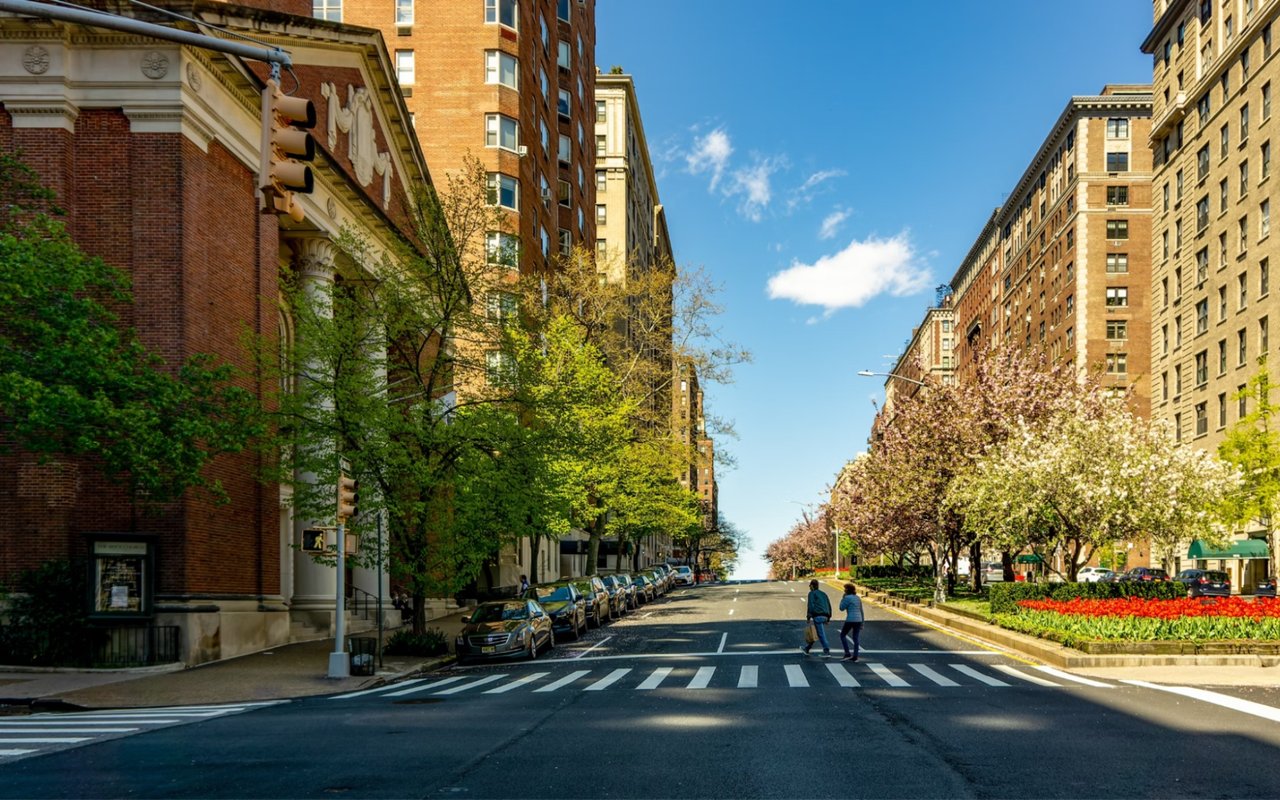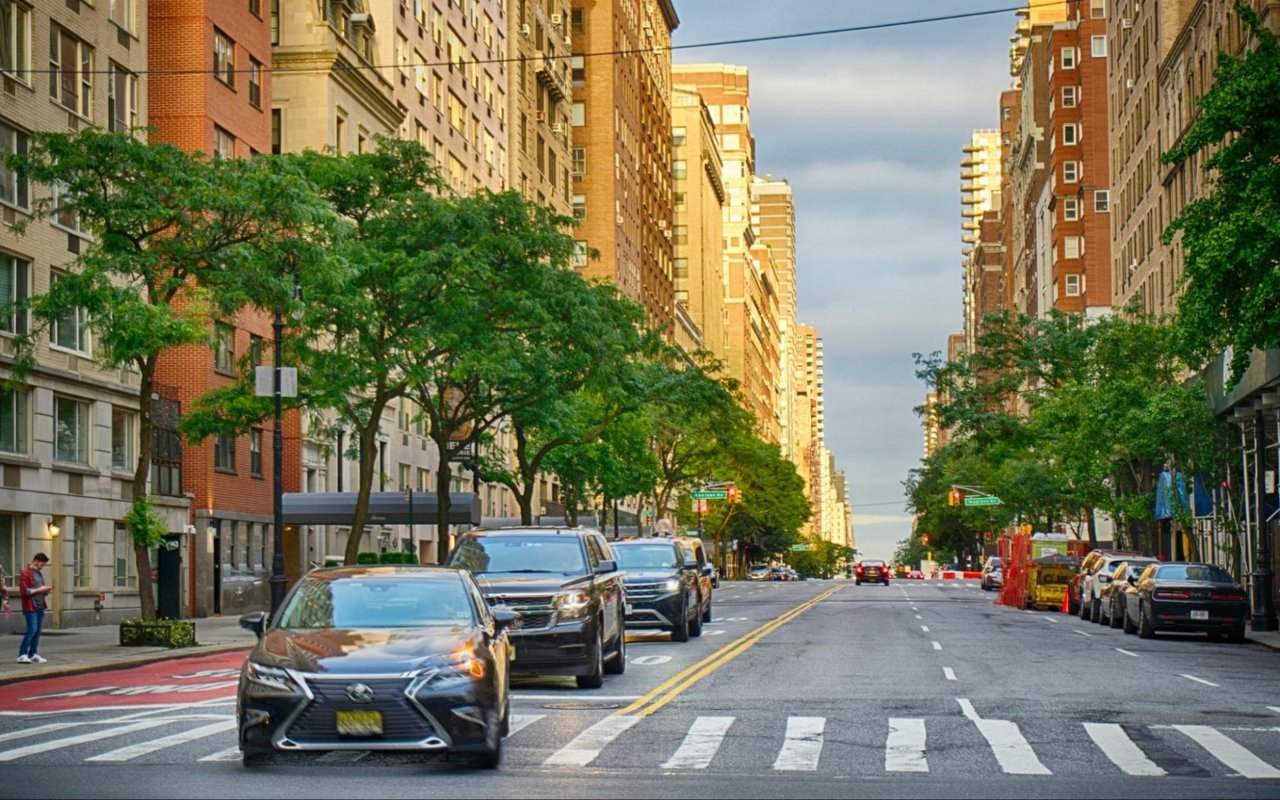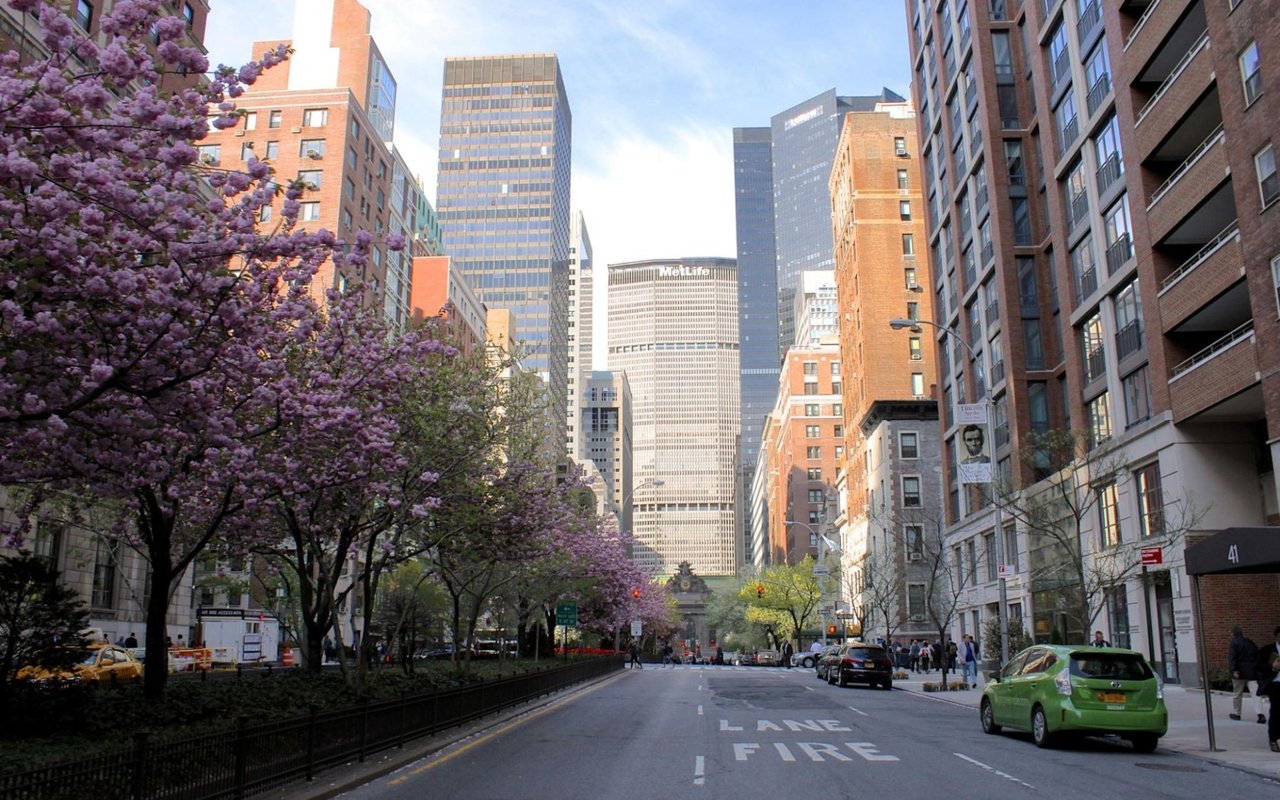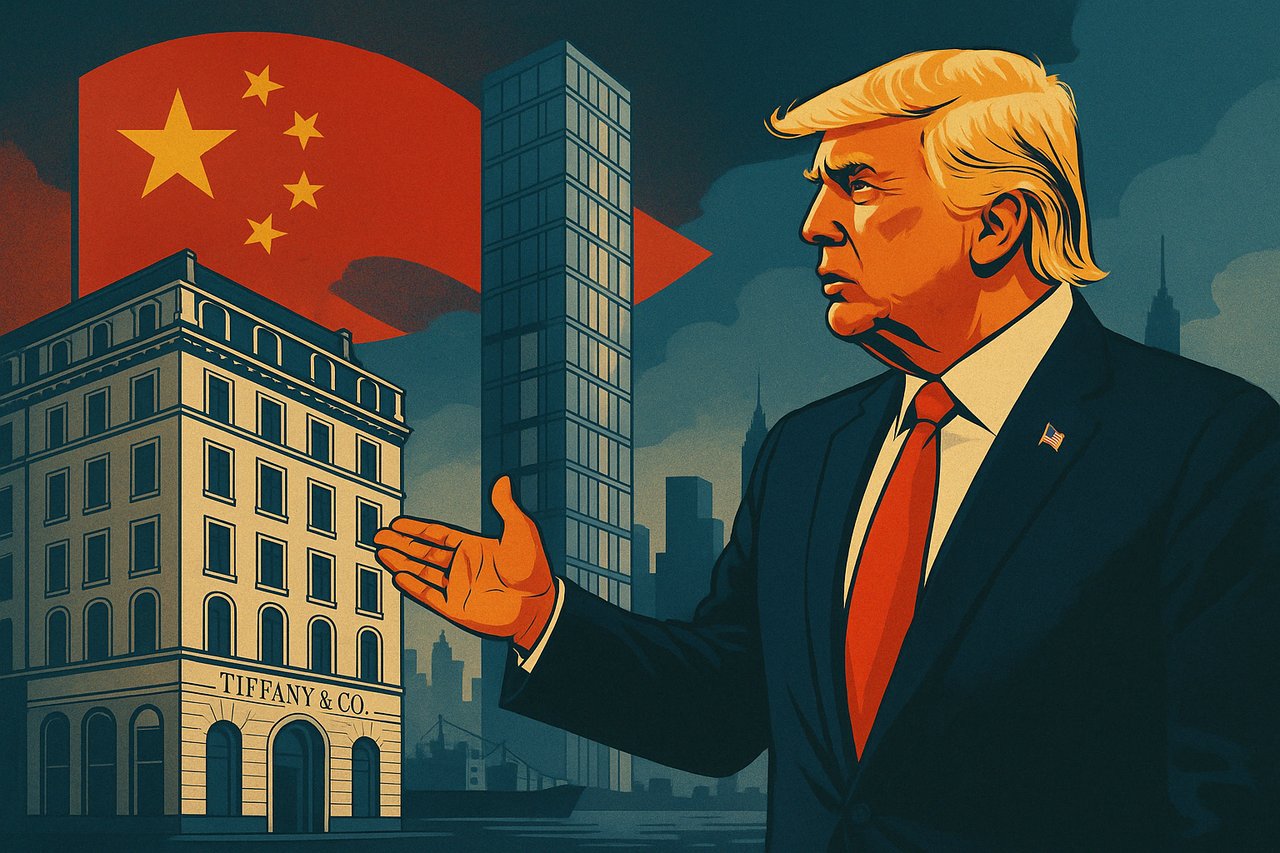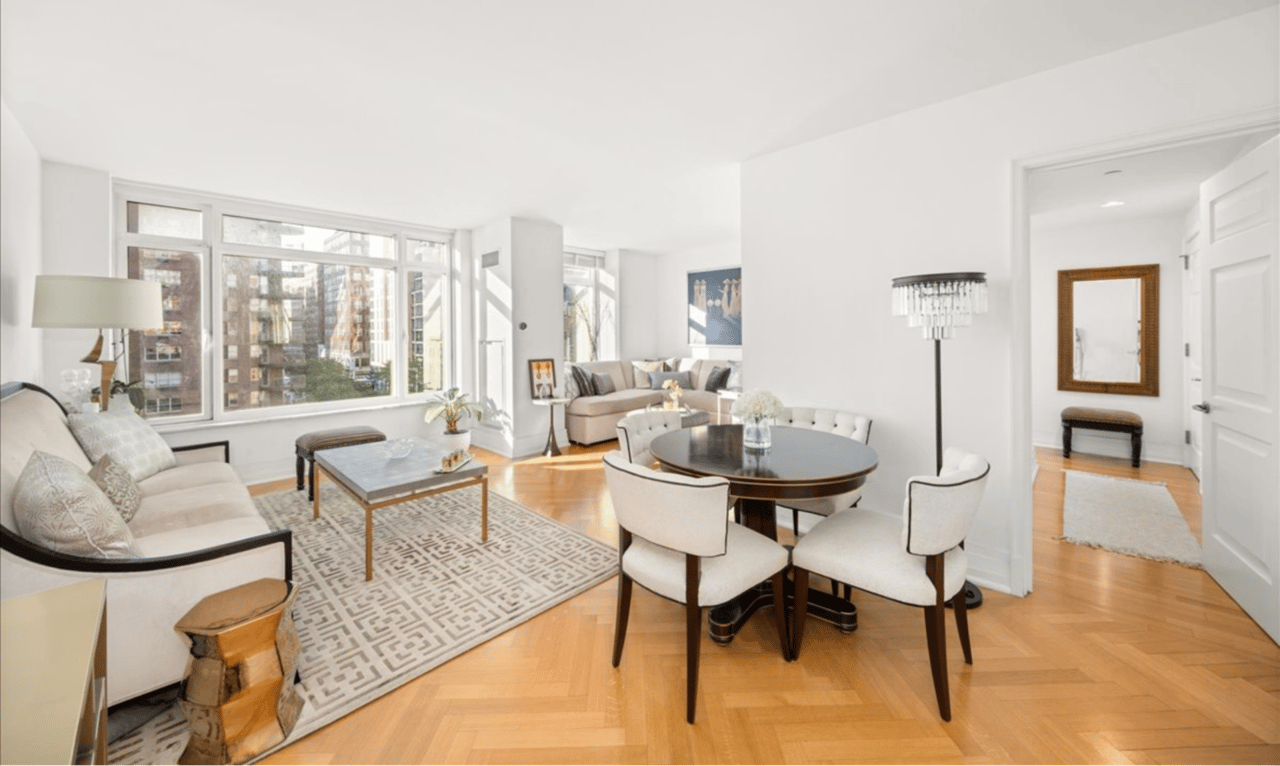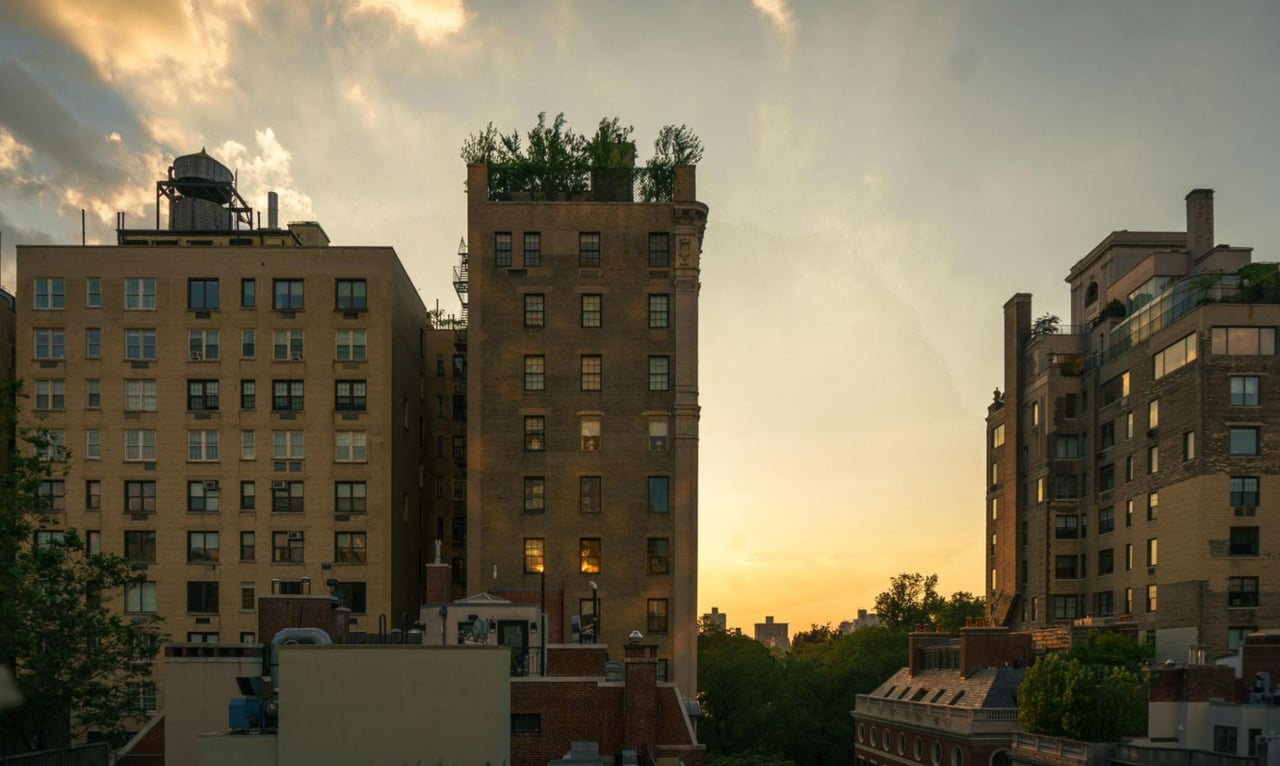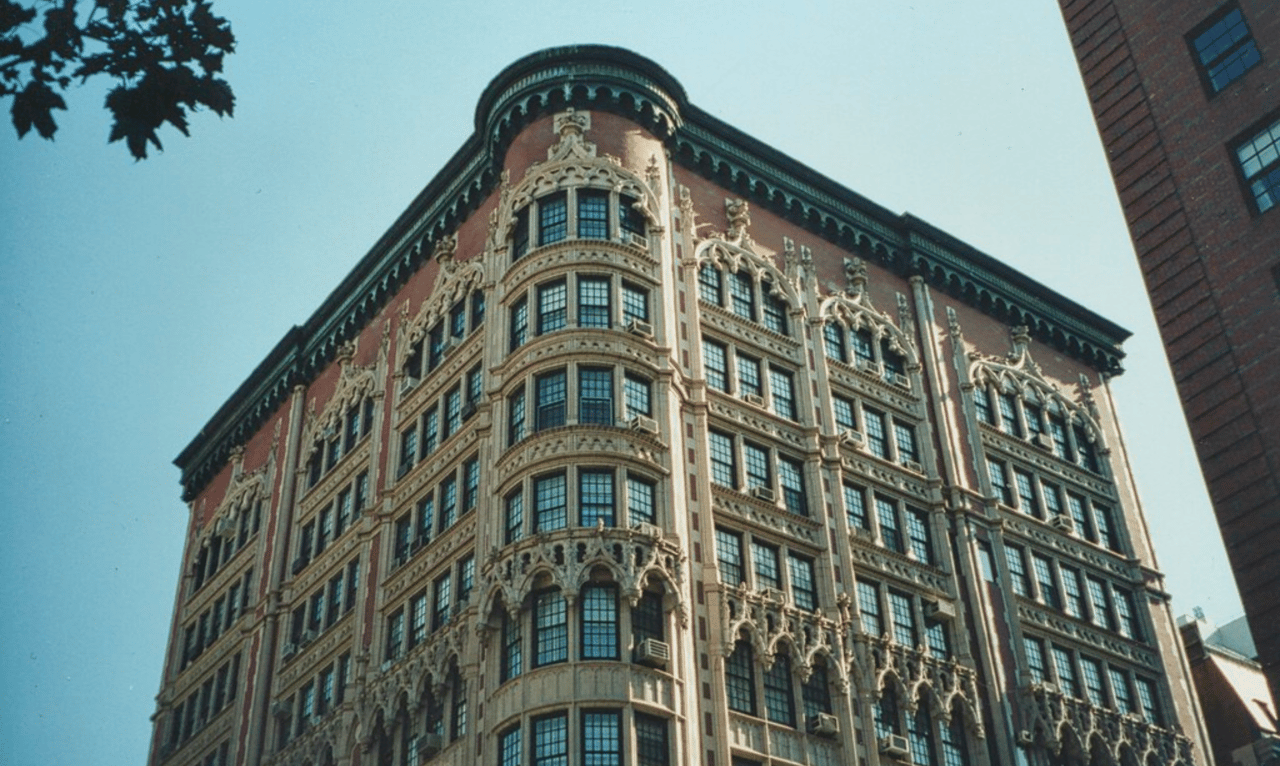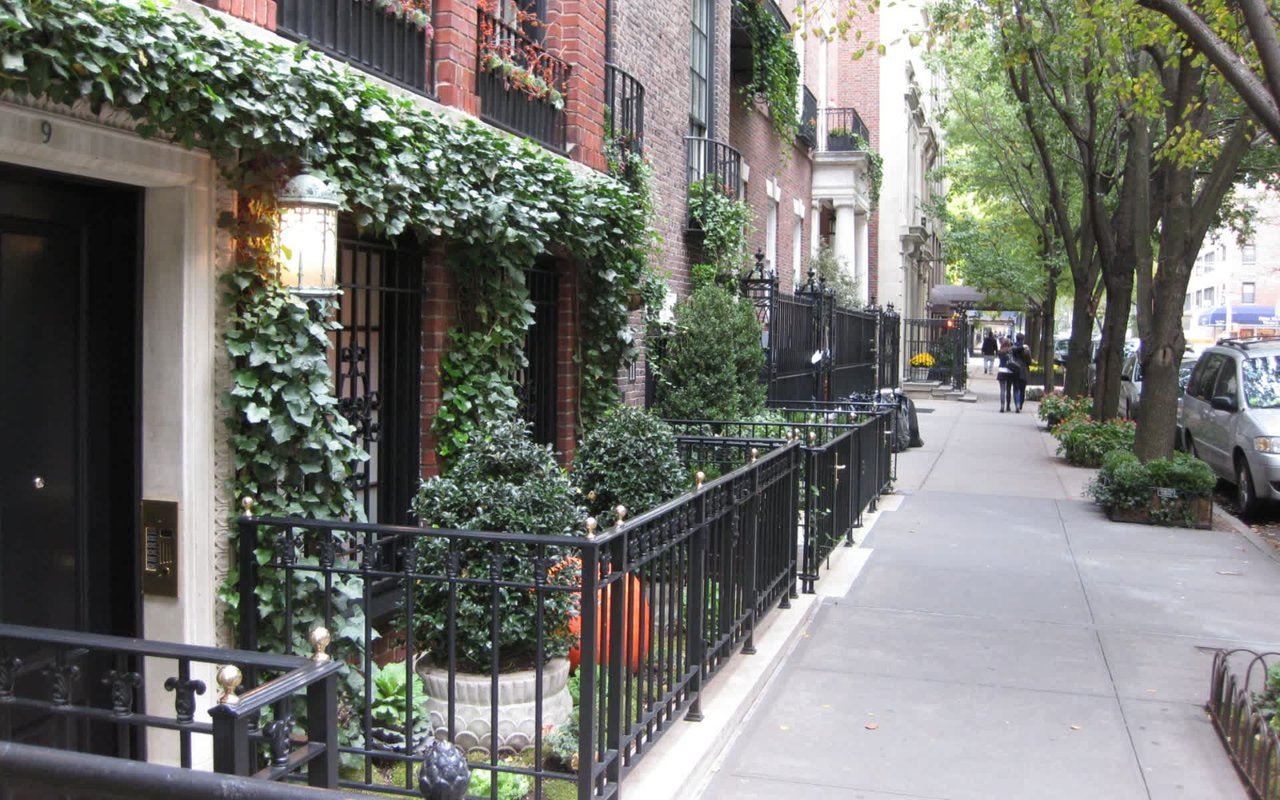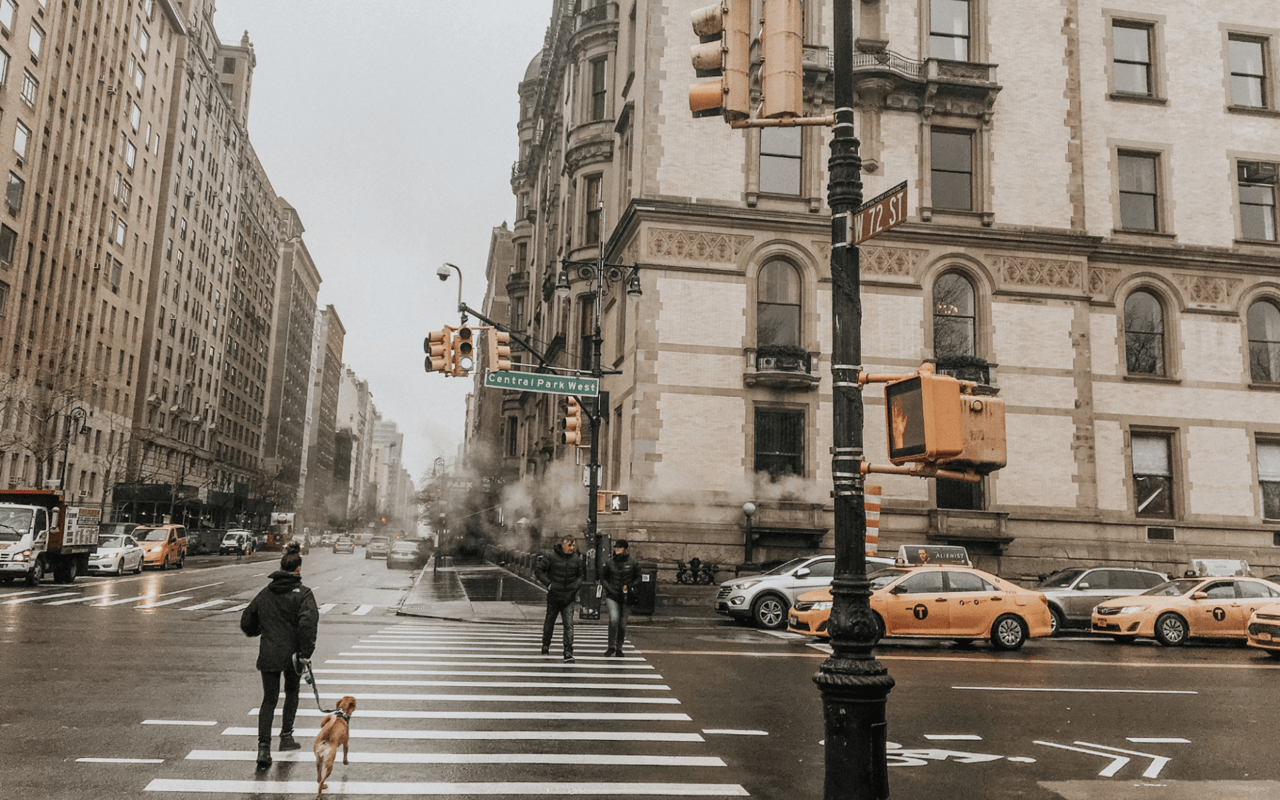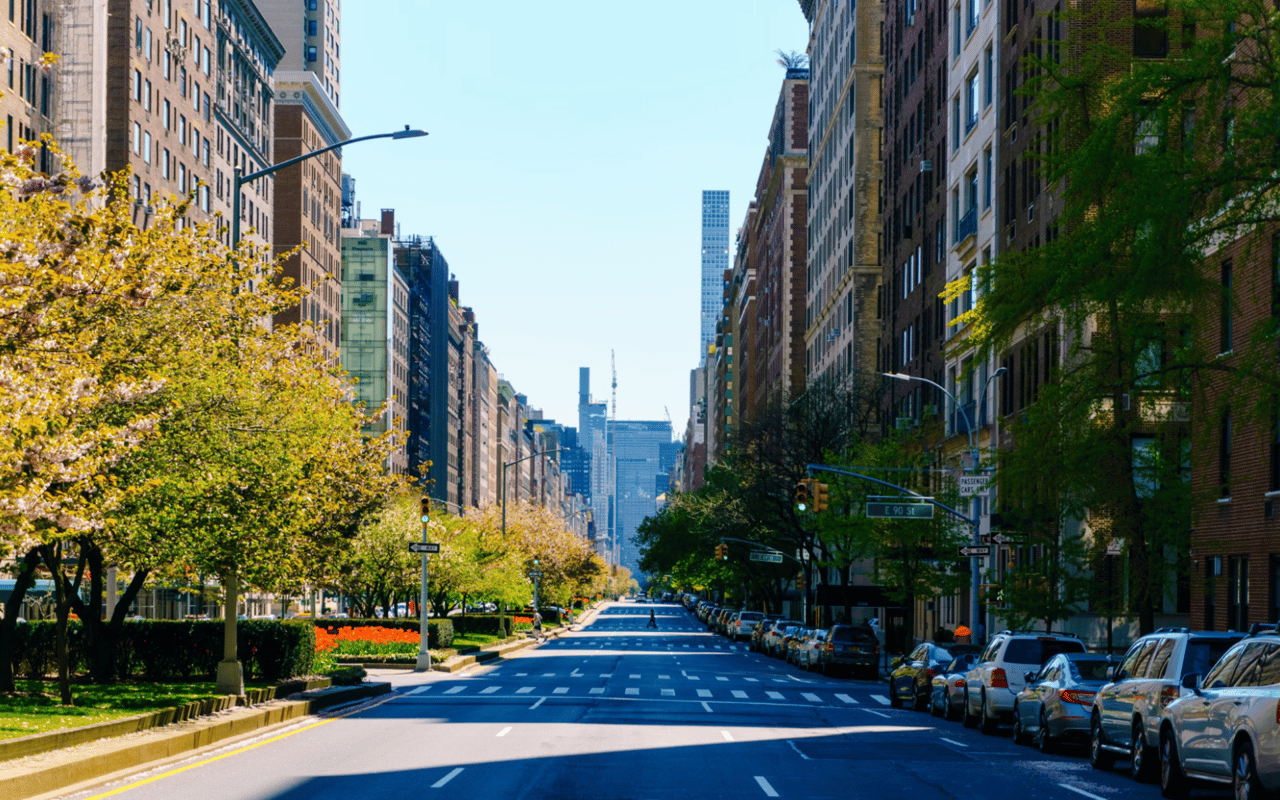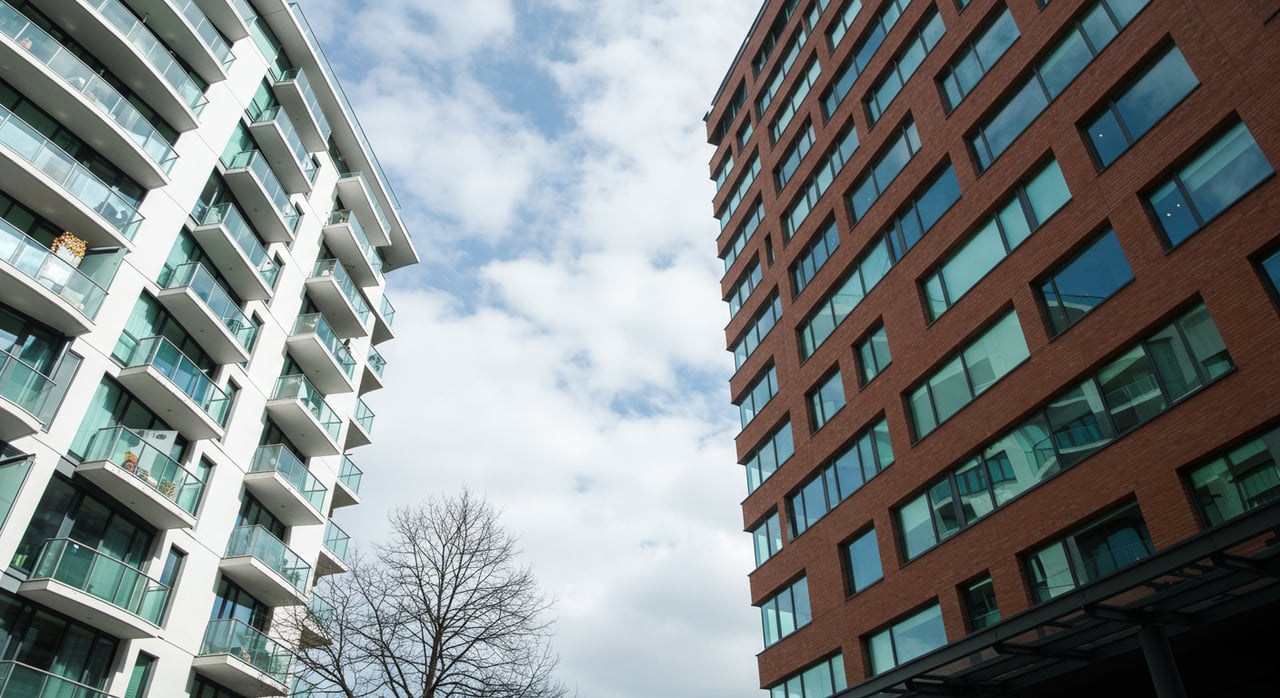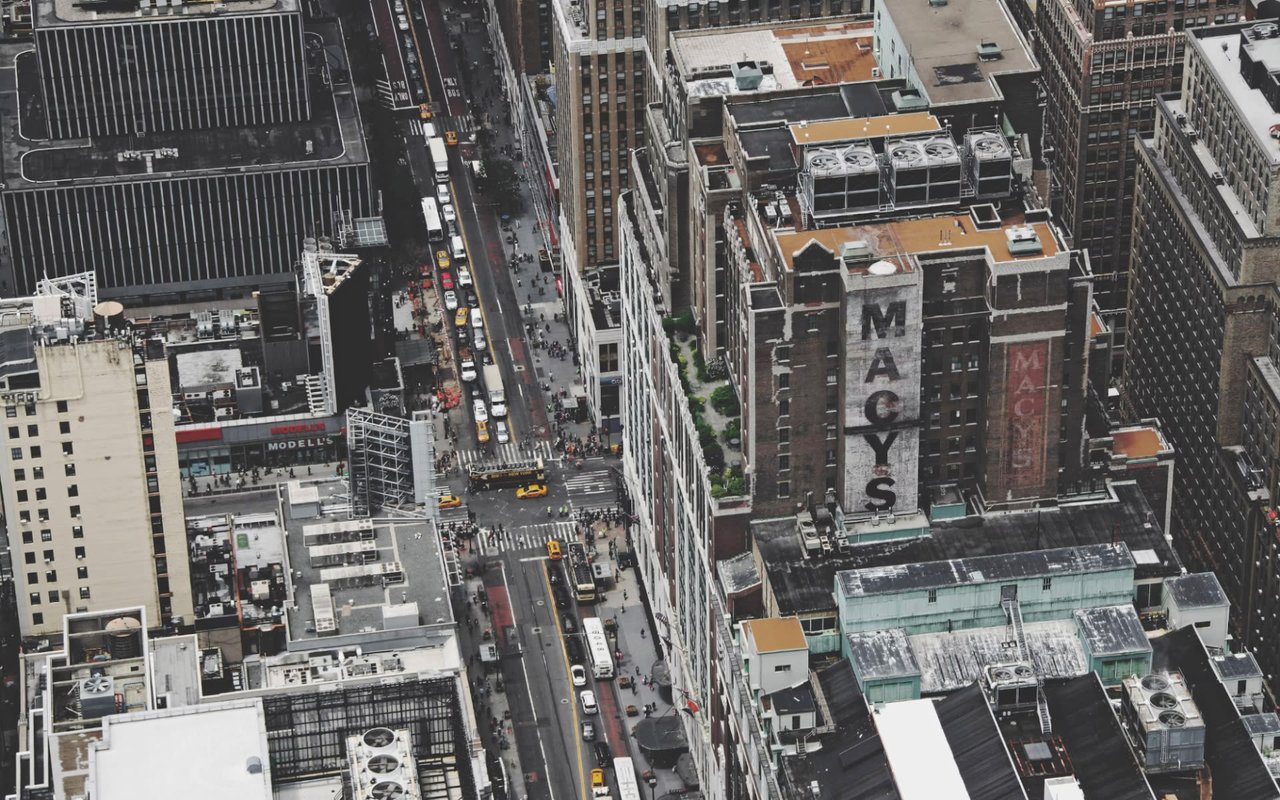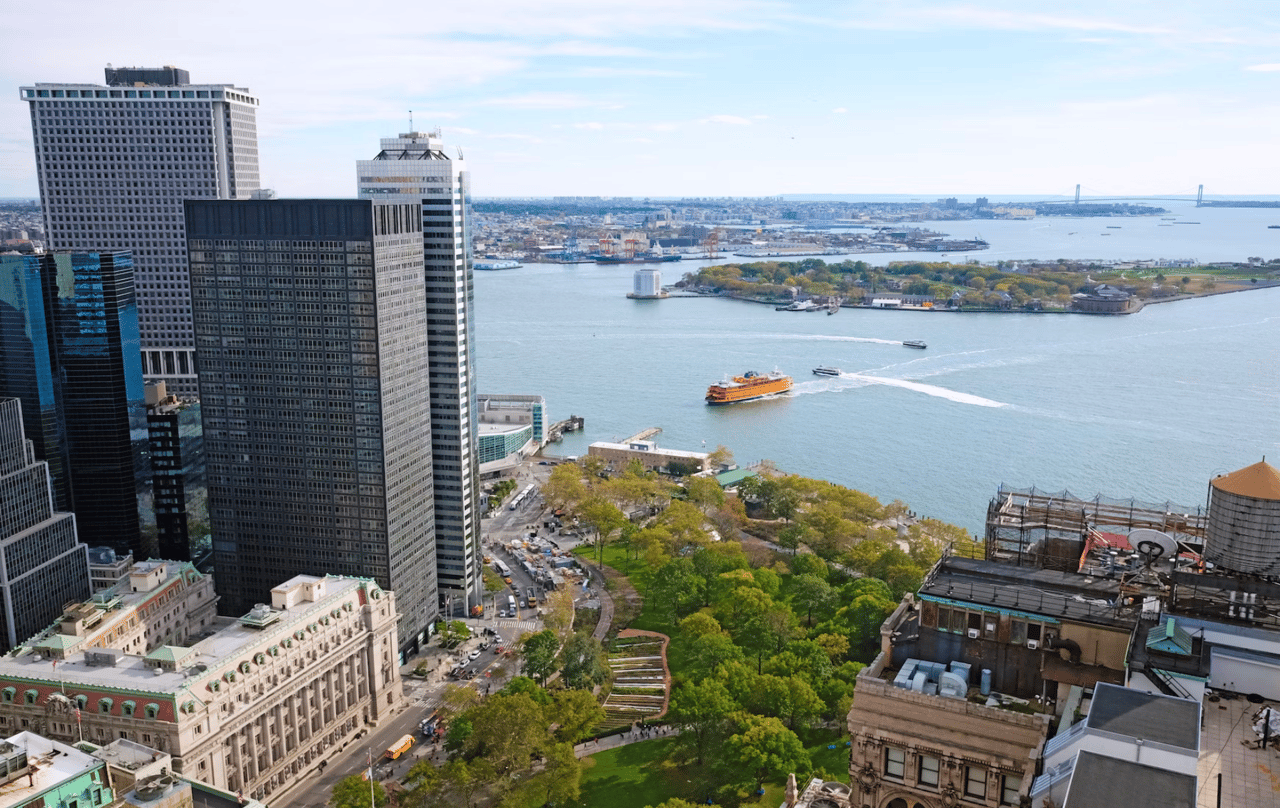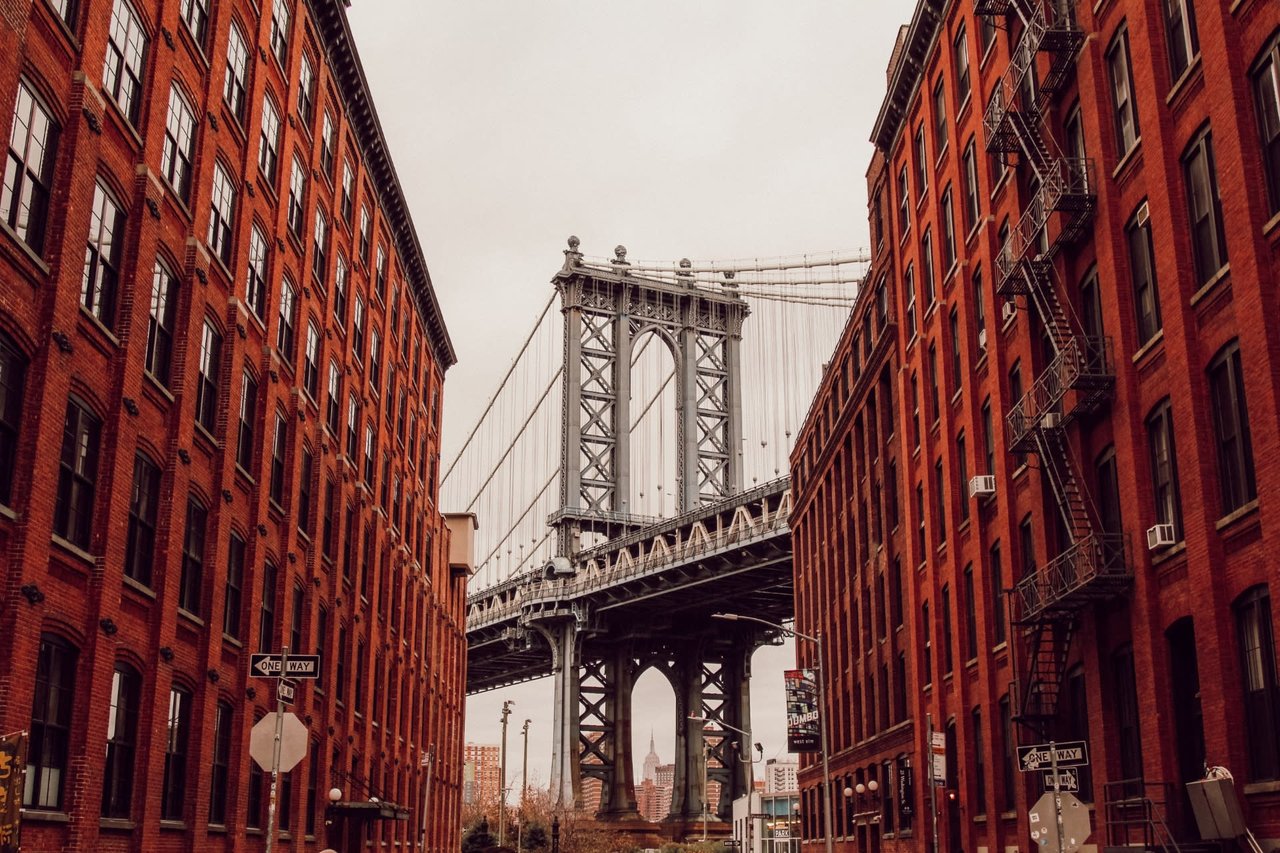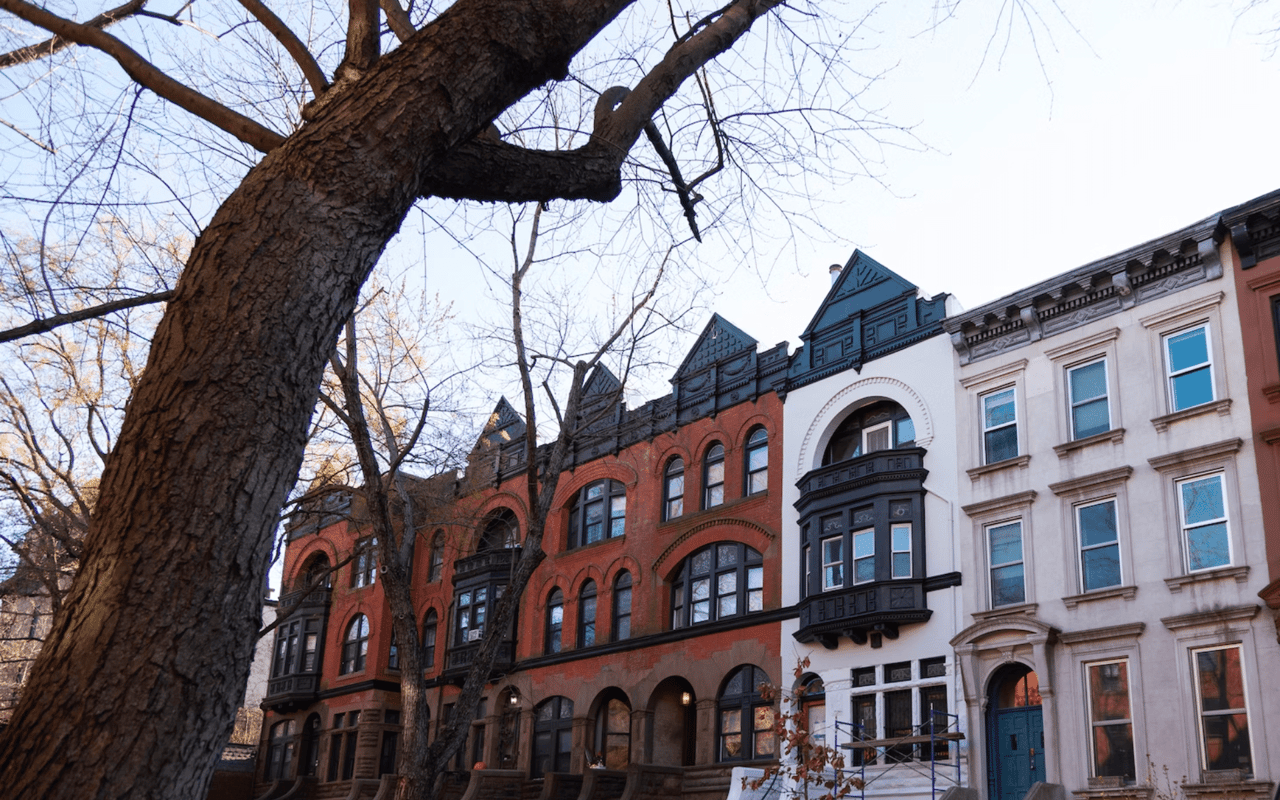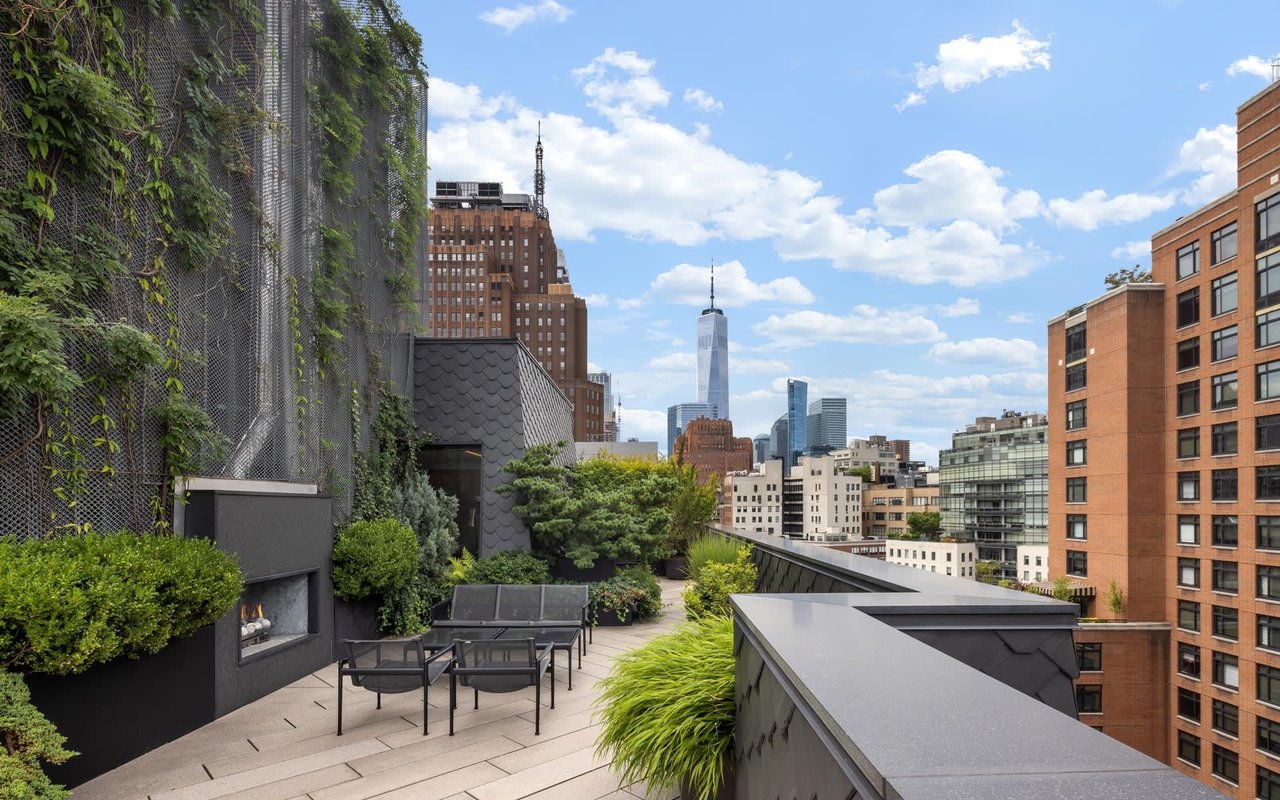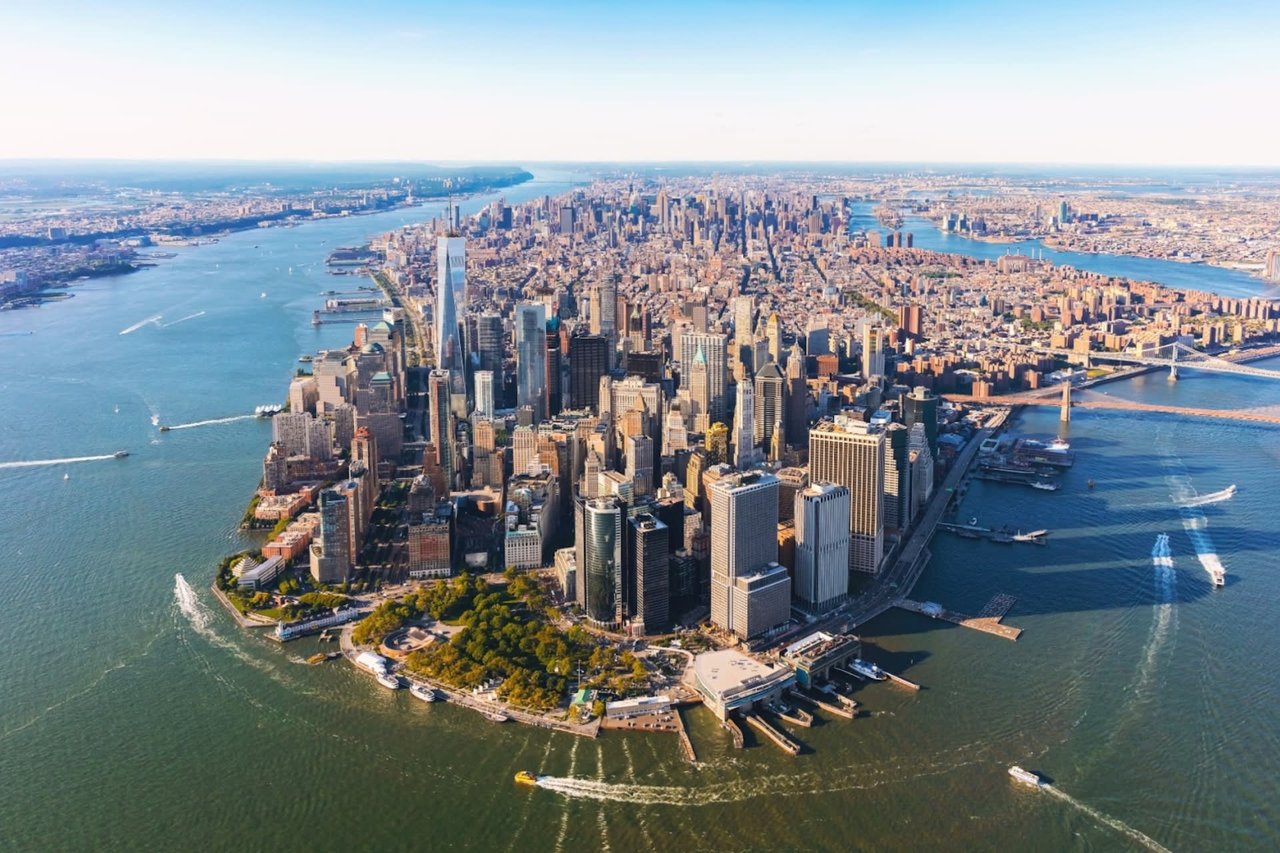2023 marks a pivotal moment for the multi-family market in New York City. As the city continues to emerge from the shadows of the COVID-19 pandemic, the real estate landscape is experiencing a complex interplay of recovery, economic fluctuations, and evolving market dynamics. This comprehensive overview delves deep into the multi-family sector of NYC, a market characterized by its resilience, diversity, and strategic significance in the broader urban tapestry. From historic neighborhoods like Tribeca and SoHo to the bustling, diverse streets across the five boroughs, this analysis will explore the key trends, challenges, and opportunities defining the multi-family real estate market in one of the world's most dynamic cities. Through a meticulous examination of transaction volumes, rent growth patterns, regulatory impacts, and future investment prospects, potential investors can get a detailed, nuanced perspective for investors, buyers, and market observers seeking to understand and navigate the intricacies of NYC's multi-family real estate sector in 2023.
The State of the Multi-Family Market in New York City
Market Dynamics and Challenges
The multi-family transaction volume in New York City for Q1 2023 experienced a significant downturn, declining to $2.11 billion, a 39% drop from Q1 2022. This decline can be attributed to higher interest rates and market volatility. Despite the decrease, the first quarter's performance was not far off from the pre-pandemic and pre-2019 Housing Stability and Tenant Protection Act (HSTPA) averages. Interestingly, NYC outpaced the national trend, which saw a 74% year-over-year decline in multifamily sales. The first quarter also experienced a short-term credit crunch, partly due to the Signature Bank meltdown, impacting the multifamily real estate sector where Signature had been a key lender.
Bright Spots in the Market
One of the bright spots in Q1 was the performance of predominantly free-market multifamily buildings with at least ten units, accounting for 78% of the quarter's dollar volume. Additionally, small multifamily free-market buildings (under six units) outperformed other property types, declining only 12% in dollar volume and 7% in transaction volume. This trend highlights the attractiveness of properties in tax classes 2A and 2B, which benefit from capped increases in real estate taxes.
Rent Growth and Supply Constraints
Contrary to national trends, rent growth in unregulated, free-market buildings in NYC remained robust. In areas like Manhattan, Brooklyn, and Northwest Queens, average free-market rents rose 10% or more year-over-year in March. However, the city experienced a significant supply constraint, with permits for new residential units totaling 9,862 in Q1 2023, a sharp decrease compared to Q1 2022 before the expiration of the 421a tax abatement.
Looking Ahead
The outlook for the second quarter appears more optimistic, with some transactions already exceeding $100 million. This could lead to stronger transaction activity as the year progresses. Additionally, Ariel's advisory pipeline has grown considerably, indicating that many property owners are considering their options, including selling assets due to upcoming mortgage maturities.
Regulated and Rent-Stabilized Housing
Regulated rent-stabilized housing presents unique challenges. Unlike free-market buildings, rent-stabilized properties can't offset expenses with higher rents and must adhere to rents set by the Rent Guidelines Board (RGB). Recent data shows that the net revenue of buildings containing rent-stabilized units declined by 9.1% between 2020 and 2021, driven by rising operating costs and a decline in average rent collections. This has led to naturally declining net operating profits for these assets.
Future Prospects and Investment Opportunities
Despite the current challenges, there's ample equity from private and institutional sources ready to deploy in NYC. Free-market assets are expected to continue transacting due to the significant demand outpacing the supply of housing. Affordable Housing is also anticipated to outpace the market, with preservation deals gaining traction in the city. Prices for rent-stabilized buildings have reverted to 2014 levels due to the 2019 HSTPA policy, indicating potential opportunities for investors should there be a policy shift.
Work with Kobi Lahav
The NYC multi-family market in 2023 is a complex environment with varying trends across different sectors. For investors and clients looking to navigate this market, it is crucial to stay informed and seek expert guidance. For personalized assistance and deeper insights into the NYC real estate landscape, including Tribeca condos for sale and Soho townhomes for sale, we recommend contacting Kobi Lahav, a knowledgeable and experienced real estate professional. Explore opportunities and make informed decisions by reaching out to Kobi Lahav today!



